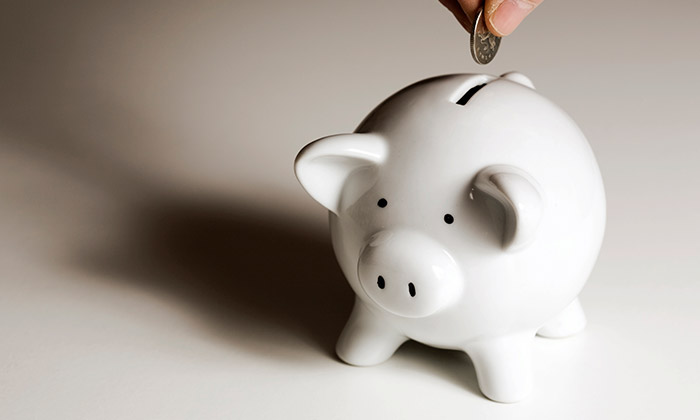
BoA and Vice Show about Millennials and Money: Cool or Calculating?
Millennials are not stupid. They’re not cheap, they’re not moochers, and they’re not broke. They just don’t trust you — especially if “you” are a financial institution — and they hate advertising. Millennials didn’t invent irony, but they certainly have mastered the art of pointing it out in modern culture, especially when it comes to big corporations underestimating them.
Bank of America and Vice learned these lessons the hard way this week. In an attempt to gain more popularity among millennials, BofA and Vice launched a new personal finance show, “The Business of Life,” as part of BofA’s new Better Money Habits initiative and Vice’s fledgling YouTube channel (which will soon be repackaged for HBO as a daily newscast).
But content marketing and media partnerships (aka underwriting or sponsorship) are not without risk in the sometimes hypercritical, hyper-skeptical digital universe. The move was immediately skewered by Gawker, with the sarcasm and suspicion millennials do best, in the story “Vice and Bank of America Are Making Overdraft Fees Cool as Hell,” which took even the promotional video for “The Business of Life” to task:
This Bank of America–sponsored infomercial should not be thought of as just any infomercial. It is a raw and authentic and unfiltered conversation with you, the millennial consumer, and is not “fake” like most Wall Street bank advertisements, because as you can see in the trailer above . . . Wall Street banks, such as Bank of America, would love to have your business if you are the sort of person who might be influenced by a Vice YouTube show, because you are probably also the sort of person they can easily rob through the use of overdraft fees.
The Vice sponsorship is particularly troubling to millennials sensitive to transparency, who could really use open and honest personal finance coverage created specifically for them. Millennials, who came of age during the economic meltdown, don’t trust financial institutions and don’t know where to turn for solid savings advice: 52 percent of millennials currently look to their own peers and parents for advice, and only 16 percent would consider using a financial adviser.
Vice contributor and Daily Beast columnist Michael C. Moynihan, who is set to host the show, also pinpointed for Variety:
While the media landscape has dramatically transformed during my years as a journalist, one thing has remained depressingly constant: Economic news and coverage of money issues has always skewed toward the wealthy and old. Our goal is to seize upon the failure of traditional media and produce a show that features topics [millennials] care about — addressed by a panel of experts from disparate backgrounds and opinions, who don’t speak wonk.
Hipster media player Vice was well positioned to deliver that content, with an audience that is 80 percent millennial and “has major media giants salivating,” according to the New York Times. So it’s no surprise that Bank of America would want to partner up, and even giant content publishers like Vice are finding it necessary to find underwriters in order to balance creating quality content with covering the expenses to do so, and maybe even making a profit. It’s no surprise that Vice was game, but they should have known better. Millennials know that, even with many of them still in school, as Entrepreneur points out, they wield considerable economic influence as a generation, about $170 billion in buying power a year. Financial institutions are eager to get ahold of that money, and millennials don’t want them to have it. Maybe rightly so.
April Lane is a freelance writer.

